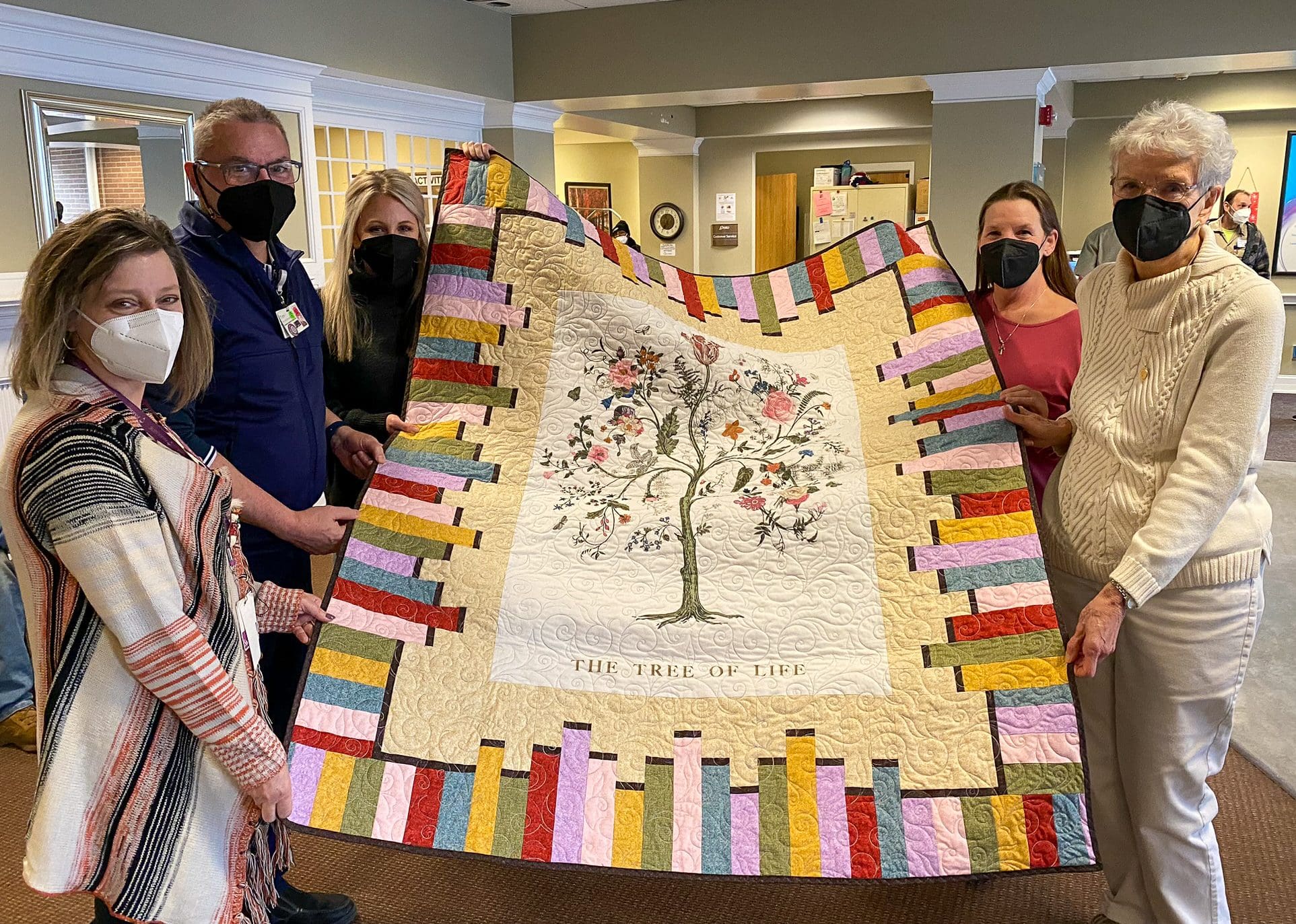This is our arts and style issue, so you’re about to read a lot of relatively light-spirited articles about fashion, music and the arts.
So let’s start with the heavy stuff, all right?
September is National Suicide Prevention Month. We tend not to talk about suicide and mental health, because it’s a heavy topic, and because there’s still a lot of stigma associated with mental illness. Personally, I don’t get that. If you’re sick, you’re sick, whether it’s depression or cancer or lupus or multiple sclerosis, and you should feel no shame in seeking treatment for it. But everyone has their hang-ups, I guess.
Suicide is the 10th leading cause of death in the United States. More than 41,000 people die by suicide every year. In 2017 alone, there were an estimated 1,400,000 suicide attempts.
And this is definitely a women’s issue. While statistically more men complete suicide, women show higher rates of suicidal ideation and are more likely to attempt suicide, according to studies by the World Health Organization. And since 2010, while suicide rates for both genders have risen, the spike is much higher among women — 50 percent vs. 21 percent among men.
According to the National Alliance on Mental Illness, some 46 percent of people who die by suicide had a diagnosed mental health condition. But that’s not the only risk factor for suicide. Others include:
- A family history of suicide
- Substance abuse. Drugs can create mental highs and lows that worsen suicidal thoughts.
- More than 1 in 3 people who die from suicide are under the influence of alcohol at the time of death.
- Access to firearms
- A serious or chronic medical illness
- A history of trauma or abuse
- Prolonged stress
- A recent tragedy or loss
And while there are some obvious signs that someone is thinking about suicide — called suicidal ideation, which necessitate an immediate call to emergency services — such as preparing a will, giving away their things, talking about death or suicide, saying goodbye to friends and family or attempting to procure a means of death like a firearm or pills, some warning signals aren’t so clear:
- Increased alcohol and drug use
- Aggressive behavior
- Withdrawal from friends, family and community
- Dramatic mood swings
- Impulsive or reckless behavior
If you or a loved one is exhibiting any of these behaviors, there are a number of resources at your disposal. Call the toll-free National Suicide Prevention Lifeline (NSPL) at 1–800–273–TALK (8255), 24 hours a day, 7 days a week. The service is available to everyone. The deaf and hard of hearing can contact the Lifeline via TTY at 1–800–799–4889. All calls are confidential. Contact social media outlets directly if you are concerned about a friend’s social media updates or dial 911 in an emergency. Learn more on the NSPL’s website. If you don’t want to talk, you can text “HOME” to The Crisis Text Line at 741741 24/7.
The old “it gets better” is a cliché. Sometimes it gets better. Sometimes it gets worse, then it gets better. Sometimes it’s awful for a long time. But there are people out there who will listen.





